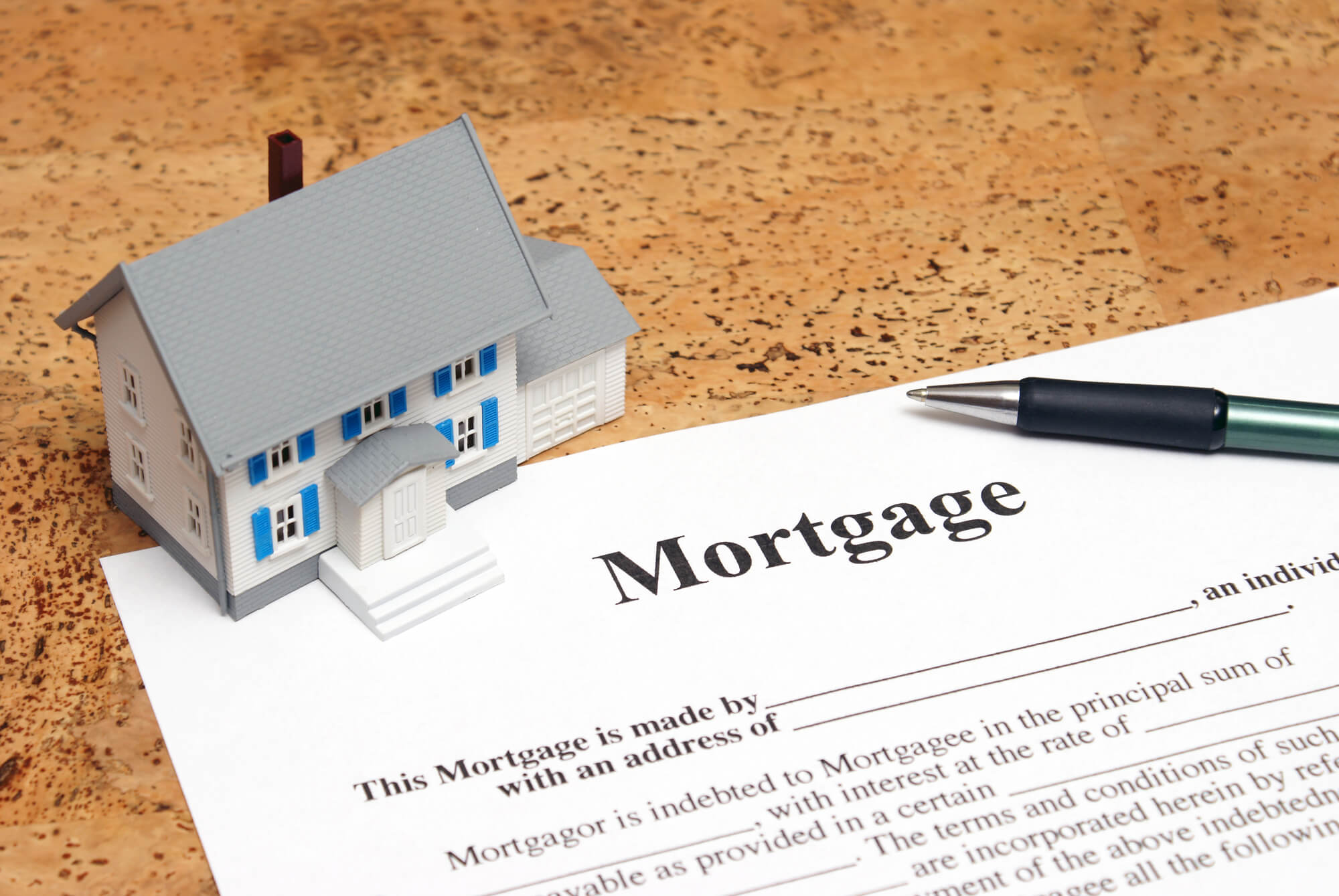The first step in any home ownership journey is to secure financing. But when you don’t know where to look, it might be tough to obtain a loan for your dream house. The best approach to securing a loan is by working with a lender. However, you must first understand what lenders are looking for and be prepared to go mortgage shopping. Learning how to get a mortgage and qualifying for one can be stressful, but this guide will simplify the entire process for you.
How to Get a Mortgage?
If you’re ready to apply for a mortgage, follow these six steps:
Focus on Saving
The first thing you need to do is start saving for a down payment. Most lenders will decline to work with you if you do not make any form of down payment. In general, you should have six months’ worth of mortgage payments in your savings account. Also, remember to save for closing costs so that you have everything you need to begin the mortgage-buying process.
Verify Your Credit Reports
Lenders start the application process by reviewing your credit history, so you should keep an eye out for them. Review your credit history to confirm that your creditors are providing you with the right information about your credit accounts. Directly dispute any mistakes you discover with the credit bureaus. Satisfy delinquent collections with creditors, and then follow up to ensure your creditor is updated.
Keep Track of Payment History
Payment history is a key element in credit scoring, so start making prompt payments on your accounts. Examine your credit record for any late payments that were incorrectly reported. Next, keep a close eye on your fluctuating account balances. The amount you charge in relation to your extended limit will have a negative influence on your credit score.
Gather Essential Documentation
Collect the pay stubs for the last 30 days, bank statements, and federal tax returns for the last two years before meeting with your lender. Most lenders will require each borrower to possess a two-year job history (in the same field of work). Some lenders, however, may make allowances for young graduates who are new to their field. Instead of pay stubs, self-employed borrowers may be required to furnish a profit-and-loss statement and tax returns for two years.
Select a Mortgage Type
When you are confident that you have the necessary savings and that your credit score is where it needs to be, you can start exploring your loan options. Some of the most popular types of loans are jumbo loans, conventional loans, and government-issued loans.
Get Preapproved
Getting preapproved for a mortgage is one way to reduce some of the stress associated with the home purchasing process. When you are preapproved, a lender will consider personal factors like your income, credit score, and assets to determine how much you can borrow. This gives you a competitive advantage because home sellers know there’s a high chance you’ll be able to acquire financing quickly.
Ready to apply for a home mortgage? Get in touch with our team today!

